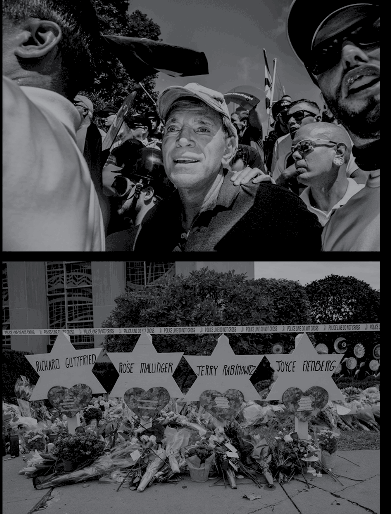he first indication to Lt. Dan Stout that law enforcement’s handling of white supremacy was broken came in September 2017, as he was sitting in an emergency-operations center in Gainesville, Fla., preparing for the onslaught of Hurricane Irma and watching what felt like his thousandth YouTube video of the recent violence in Charlottesville, Va. Jesus Christ, he thought, studying the footage in which crowds of angry men, who had gathered to attend or protest the Unite the Right rally, set upon one another with sticks and flagpole spears and flame throwers and God knows what else. A black man held an aerosol can, igniting the spray, and in retaliation, a white man picked up his gun, pointed it toward the black man and fired it at the ground. The Virginia state troopers, inexplicably, stood by and watched. Stout fixated on this image, wondering what kind of organizational failure had led to the debacle. He had one month to ensure that the same thing didn’t happen in Gainesville.
Before that August, Stout, a 24-year veteran of the Gainesville police force, had never heard of Richard Spencer and knew next to nothing about his self-declared alt-right movement, or of their “anti-fascist” archnemesis known as Antifa. Then, on the Monday after deadly violence in Charlottesville, in which a protester was killed when a driver plowed his car into the crowd, Stout learned to his horror that Spencer was planning a speech at the University of Florida. He spent weeks frantically trying to get up to speed, scouring far-right and anti-fascist websites and videos, each click driving him further into despair. Aside from the few white nationalists who had been identified by the media or on Twitter, Stout had no clue who most of these people were, and neither, it seemed, did anyone else in law enforcement.




